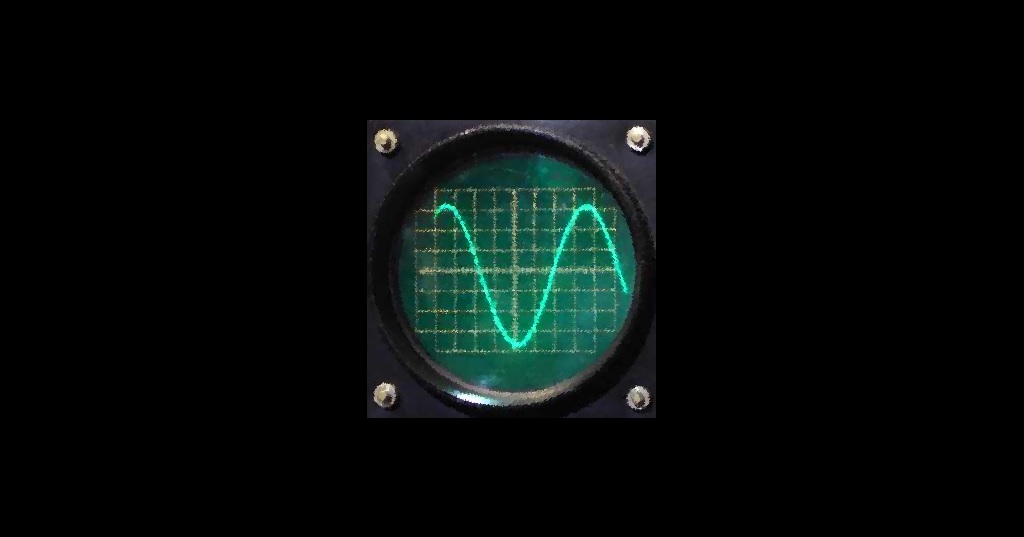
Curing AFib needs a deeper understanding of its causes therefore it might be helpful in my eyes to know more about the parameters that might influence our bodies and this condition in a positive or negative way. This kind of determining and evaluating data is named biofeedback. From my personal experience, some of these parameters can be determined by everybody without having access to a million dollar budget.
Collecting data, even if it is by try and error, can be very helpful to find a cure.
This “Data Lab” section is about collecting and analyzing biofeedback data, whenever new relevant insights reagarding this topic arise, they are expanded here.
Basics
The simple basic idea of this Data Lab is shown in the figure below:

From my perspective collecting (biofeedback) data doesn’t always mean that expensive devices (or sometimes even any devices at all) are needed. Nevertheless, for relatively little money there are already a lot of devices available that can be used to collect personal biofeedback data.
Examples for some cheap devices to collect biofeedback data are: Fitness belts, Smart watches, Oxygen Sensors, Scales, etc. .

Some Devices offer a data interface that makes it possible to directly access the data digital they are collecting by the user.
For me a main criteria of buying a biofeedback device is that the answer to the question:
“Can I freely access all relevant data that the device determines?”
is “yes”.
If it is not possible to access the data then, as a worst case, my minimum awaiting is that the device itself presents the data in a way I can defenitely work with. If not I would not buy it.
Note: A very positive example for a vendor of devices with an open access to their data is Polar (Electro) and its “H10 Heart Rate Sensor”. Polar offers a free Software Development Kit (SDK) that makes it possible to access the data their sensors retrieve. To access the ECG data (which are not represented by using the App that comes with the device) of the H10 sensor, while not being a programmer yourself there are also third-party apps available in the usual app stores as a result of this free SDK.
In general for many devices there are some third party solution available to access the data in a way the vendor does not support originally. (Before I buy a device I also always do a search at the usual App-Stores looking for third party applications with data interface / export functions.)
To sum it up the best case, in my eyes, is that a biofeedback device offers two options:
- A good and helpful representation / analysis of the collected data.
- A data export function to an open digital file format like (.csv, .xls, etc.)
Note: Some device vendors “force” you to pay a certain ammount of money frequently to use their cloud services even for very basic functions. Without these payments your device might get useless or even very much reduced in its functionality. It has to be considered deeply in my eyes if this business concept is trustful. For real premium services it might be ok in some cases.
But,what to do if you have a weight scale from the early 1950s without a data interface?
That’s no problem, because the ammount of data determinded is very low and can be retrieved manually by pen and paper, but it could be considered if it is not helpful to digitize this data into a format that can be analyzed digitally by a spreadsheet calculation tool too.
Getting started
Please always remind the Disclaimer as a condition for the use of this blog.